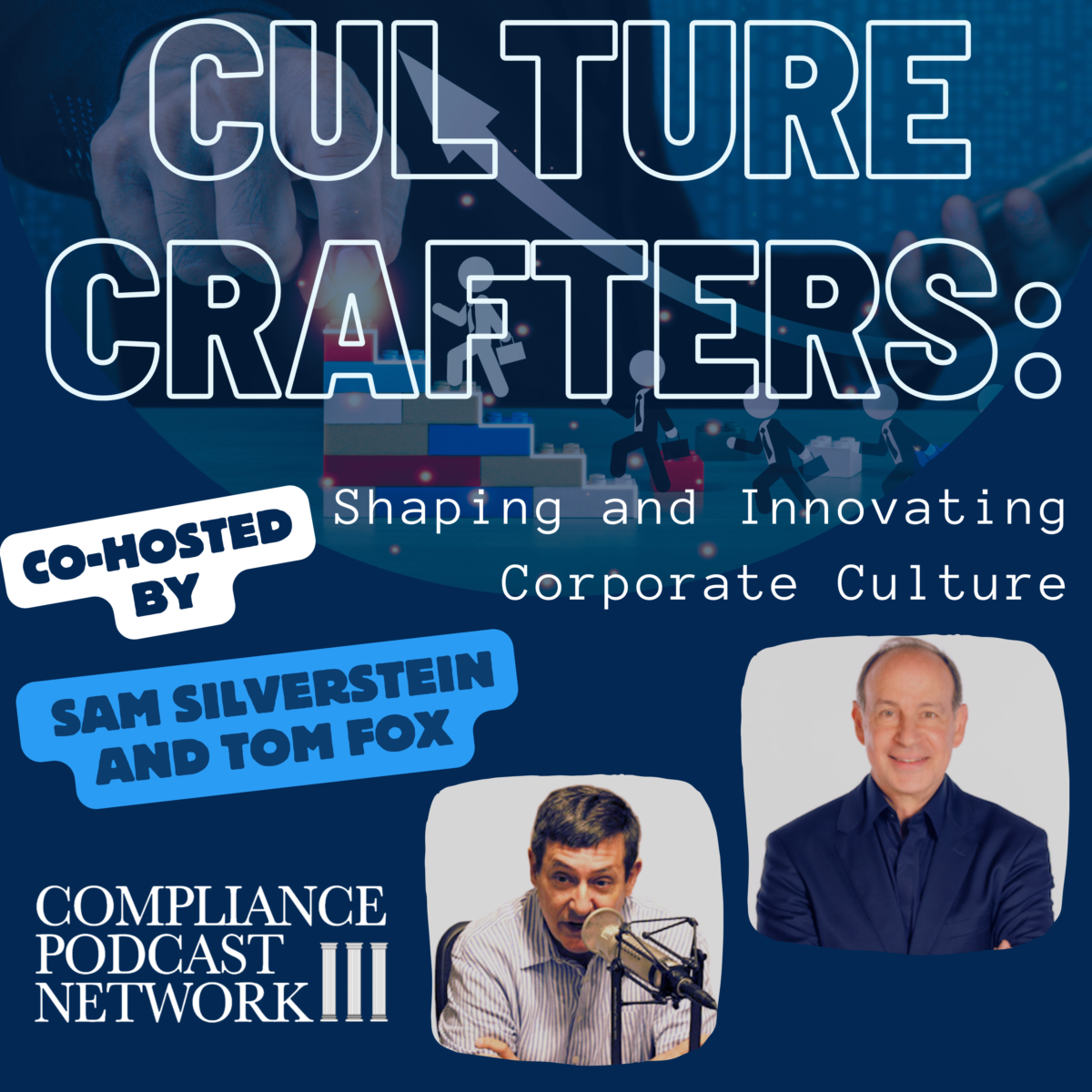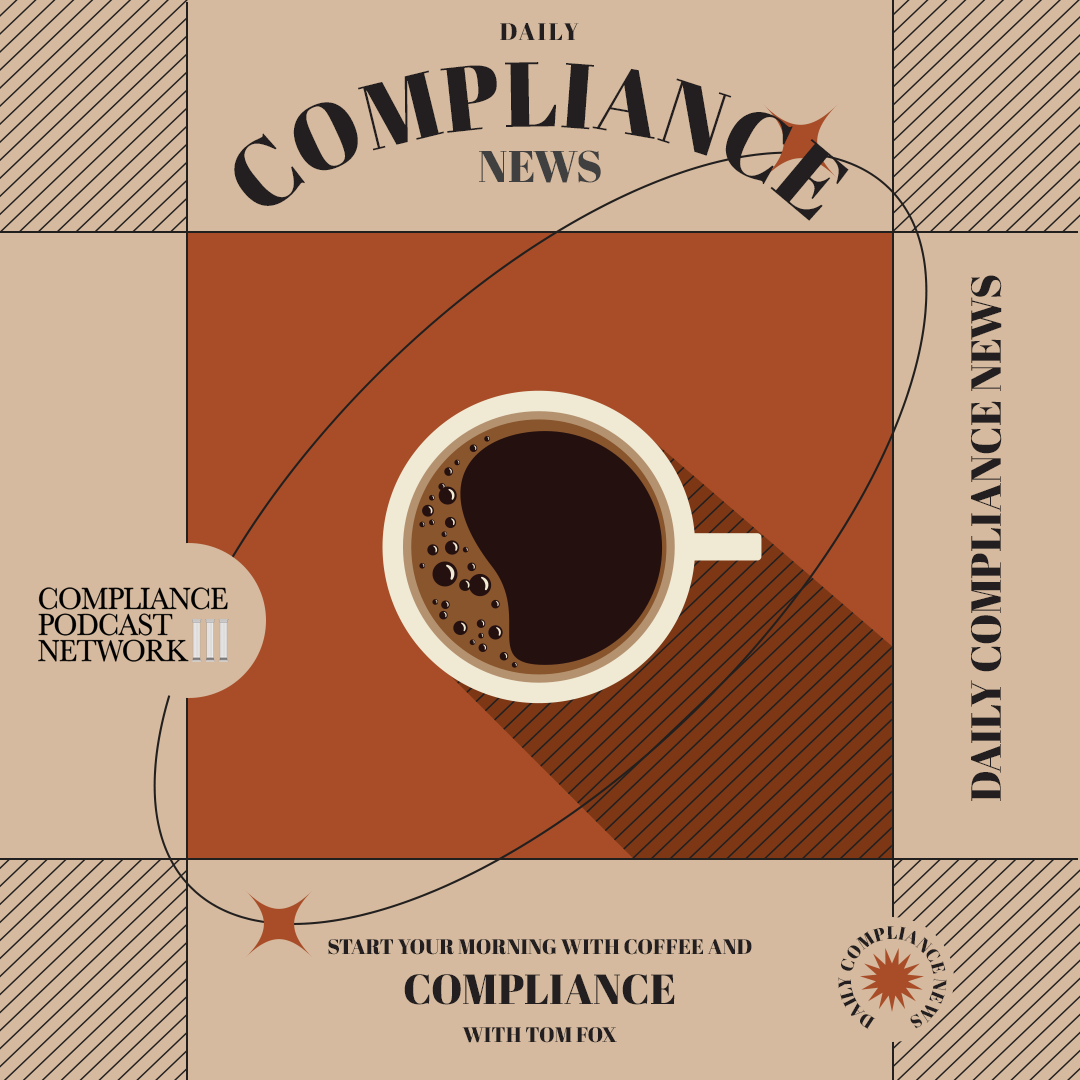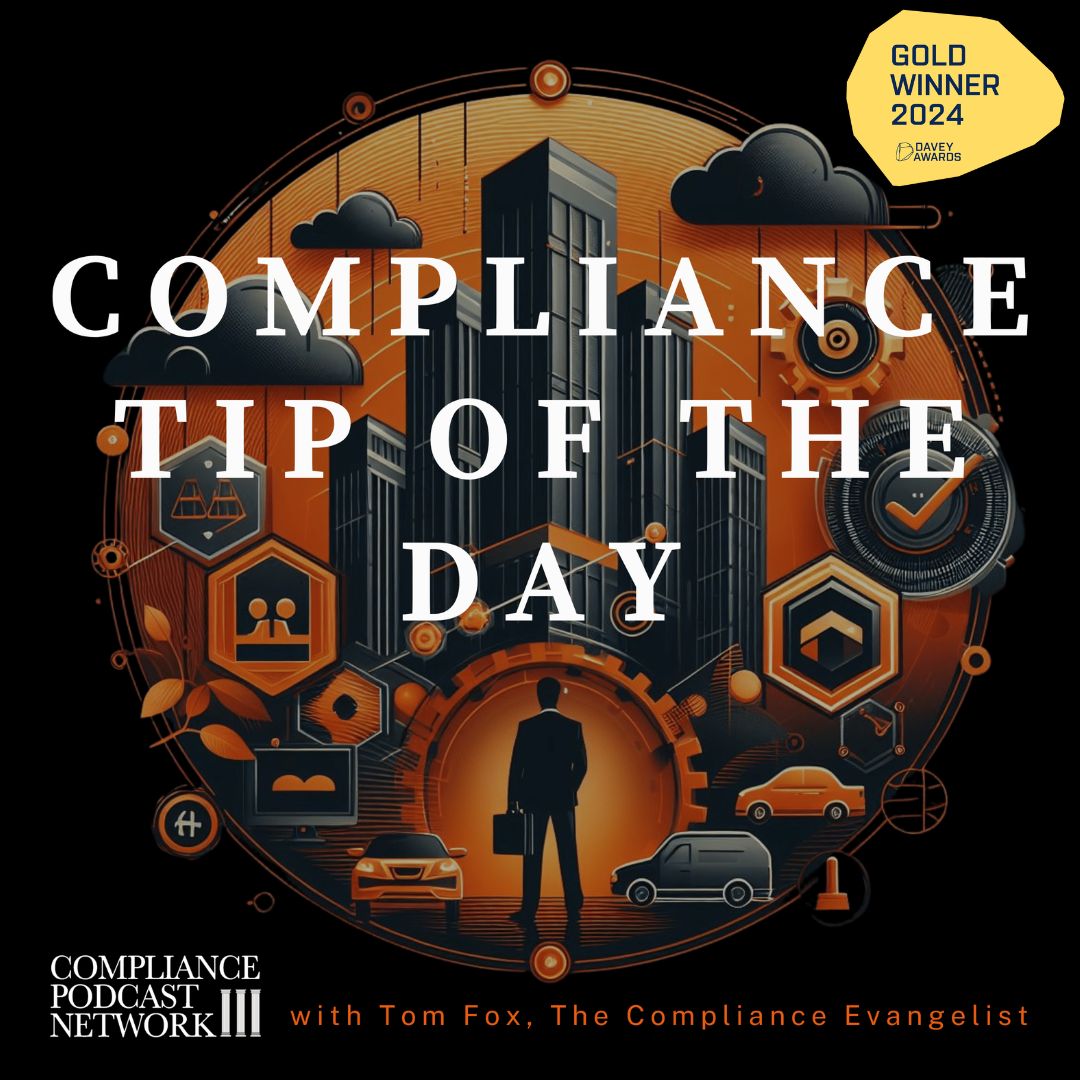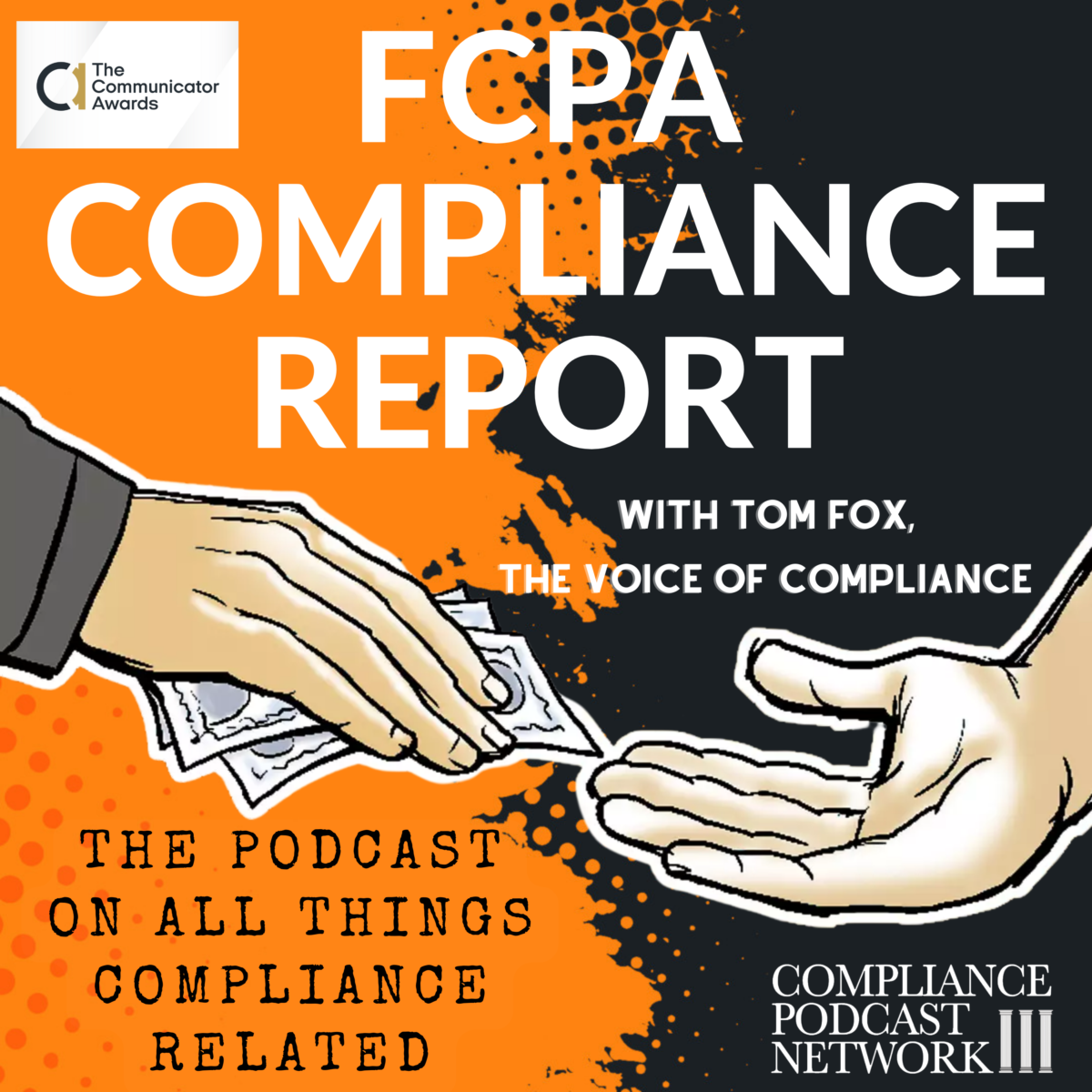Compliance professionals constantly seek to understand how systemic issues within corporate hierarchies can lead to severe consequences. The recent revelations about Bank of America’s (BoA) persistent workplace culture problems are a powerful reminder of compliance’s critical role in safeguarding employees and the organization.
This week, I will explore the BoA failure around workplace culture from various perspectives articulated by the Everything Compliance gang, including Karen Woody, Jonathan Armstrong, Matt Kelly, Karen Moore, and Jonathan Marks. This exploration will include the failure of internal controls, failures by the Board and senior management, culture failures around highly driven, self-selecting employees, and the cultural miasma that is BoA from a perspective from across the pond. In Part 4, we consider a misconnection of metrics. This issue is not merely a question of productivity but a fundamental concern about corporate culture, ethics, and long-term sustainability.
In corporate governance and compliance, aligning business metrics and ethical obligations often defines a company’s culture’s success or failure. The recent Wall Street Journal (WSJ) article about BoA and its investment banking metrics sheds light on a crucial disconnect that compliance professionals must address: the disparity between business performance indicators and employee well-being.
At the heart of the issue is the nature of the metrics used to evaluate success in different industries. In investment banking, the primary focus is often on closing deals. The logic is straightforward: deals drive revenue, and revenue drives the bottom line. This singular focus on deal-making creates an environment where the end justifies the means, potentially overlooking the toll it takes on employees.
Conversely, in law firms, the metric of success is often billable hours. Lawyers are compensated and promoted based on the number of hours they bill, which can lead to a different, yet equally problematic, set of behaviors. Over-inflating hours or working excessive hours becomes the norm because that is the path to career advancement.
Both systems create perverse incentives: investment bankers might underreport hours to avoid raising HR flags, while lawyers might overreport hours to enhance their career prospects. These behaviors highlight a crucial point for compliance professionals: the metrics set at the top of an organization inevitably shape the behavior throughout the company.
One of the first steps in addressing these issues is understanding the available data and how it is used. Compliance professionals must ask themselves, “What data do we have, and how can it be used to monitor and manage risks effectively?” By focusing solely on deal closure, companies are potentially neglecting data related to employee well-being, such as hours worked or stress levels.
In contrast, law firms have systems that track the minutiae of an employee’s workday, from time spent on tasks to keystrokes made during document review. This data is invaluable for billing clients and identifying patterns that may indicate overwork or burnout. Compliance professionals in investment banking could learn from this approach, using technology to track hours worked or monitor workload distribution, ensuring that employees are kept within reasonable limits.
The core issue is more alignment between business metrics and corporate culture risks. Compliance professionals must ensure senior management acknowledges overwork as a significant risk and takes proactive steps to monitor and mitigate it. This involves tracking the traditional success metrics and implementing metrics that reflect the company’s values and culture.
For example, if overwork is recognized as a risk, metrics such as average hours worked, employee turnover rates, and employee satisfaction surveys should be regularly monitored and reported. This dual approach allows a company to pursue business success while ensuring its corporate culture remains healthy and sustainable.
The responsibility of aligning these metrics rests not solely with middle management, compliance officers, or senior management; it extends to the board of directors. The board’s oversight role is crucial in ensuring that the company’s culture is preserved in pursuing financial success. For boards everywhere, the recent scrutiny BoA received in the WSJ article serves as a lesson.
Board members must go beyond the surface level of management reports and delve into the realities of the workplace culture. This requires more than attending board meetings in luxurious settings and listening to pre-prepared presentations. It involves engaging directly with employees at all levels, understanding their challenges, and prioritizing their well-being.
A practical approach could involve the board requiring regular reports on employee well-being metrics, mandating internal audits focused on workplace culture, or even conducting anonymous employee surveys to get an unfiltered view of the corporate environment.
An effective compliance program also hinges on creating a culture where employees feel safe to voice their concerns. A speak-up culture is essential in identifying issues before they escalate into major risks. Management and the board should encourage employees to report inconsistencies between policy and practice and take these reports seriously.
For instance, if employees consistently report working beyond reasonable hours, this should trigger an investigation and subsequent action from the board. Such feedback mechanisms help identify risks and reinforce the company’s commitment to ethical practices.
Lastly, when issues do arise—such as the tragic death of a young employee in the Bank of America case—the board should conduct a root cause analysis. This analysis should not be limited to the immediate cause but should explore deeper systemic issues that may have contributed to the incident.
A comprehensive root cause analysis might reveal that the focus on deal closure at the expense of employee well-being is not an isolated issue but indicative of a broader cultural problem. The board could use this analysis to implement changes across the organization, ensuring that similar incidents do not occur in the future.
The lessons are clear: the metrics that companies use to measure success are powerful drivers of behavior. The challenge for compliance professionals is ensuring that these metrics align with business goals, ethical standards, and employee well-being. This requires a proactive approach, leveraging data to monitor business performance and corporate culture. It also requires a board that is engaged, informed, and committed to understanding the realities of the workplace.
In the end, compliance is not just about preventing legal and compliance risks but about fostering a corporate culture that values integrity, transparency, and the well-being of all employees. By aligning metrics with these values, companies can achieve sustainable success that benefits their bottom line and people.













